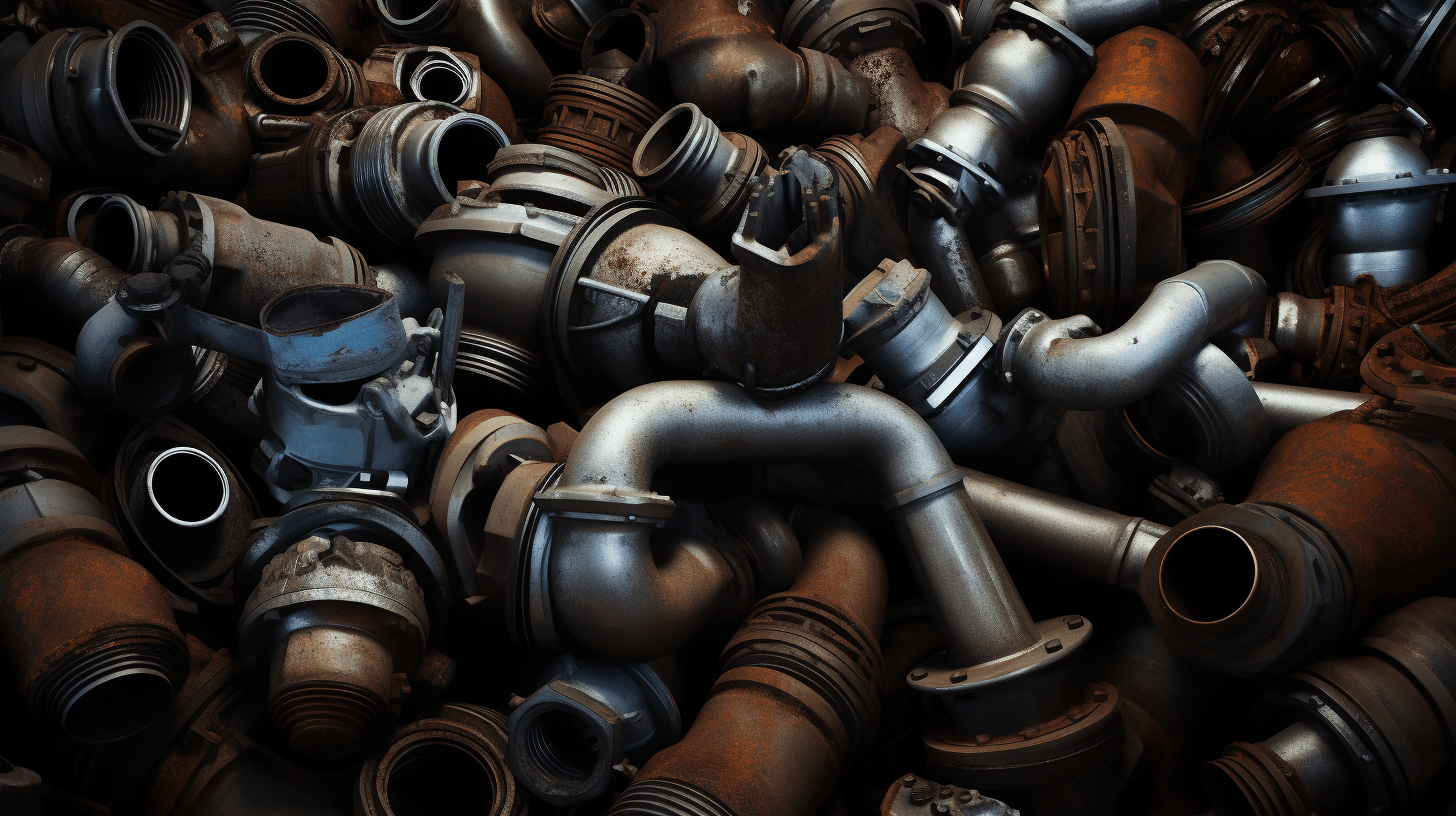कैटलिटिक कनवर्टर में शहद की छता संरचना क्यों होती है?

कैटलिटिक कनवर्टर की मूल बातों को समझना
एक कैटलिटिक कनवर्टर एक महत्वपूर्ण उपकरण है जो ऑटोमोबाइल की निकास प्रणाली में स्थापित किया जाता है। इसका प्रमुख कार्य होता है नकारात्मक निकास उत्सर्जन, जैसे कि नाइट्रोजन ऑक्साइड, कार्बन मोनोआक्साइड, और हाइड्रोकार्बन, को कम हानिकारक पदार्थों जैसे कि नाइट्रोजन, कार्बन डाइऑक्साइड, और जल वाष्प में परिवर्तित करना है। यह परिवर्तन कैटलिस्ट द्वारा सुविधाजनक की जाने वाली एक श्रृंखला के रासायनिक प्रतिक्रियाओं के माध्यम से प्राप्त किया जाता है, जो आमतौर पर प्लेटिनम, पैलेडियम, और रोडियम जैसे दुर्लभ धातुओं से बना होता है।
कैटलिटिक कनवर्टर की मधुमक्खी संरचना
कैटलिटिक कनवर्टर की सबसे विशेष विशेषताओं में से एक उसकी मधुमक्खी-सा संरचना है, जिससे कई लोग सोचते होंगे कि इस विशेष डिजाइन का उपयोग क्यों किया जाता है। यह संरचना सौंदर्य की बात नहीं है बल्कि यह कार्यात्मक डिजाइन का उत्पाद है जो क्षमता को अधिकतम करने के लिए तैयार की गई है।
सतह क्षेत्रफल को अधिकतम करना
मधुमक्खी संरचना एक बहुत महत्वपूर्ण उद्देश्य की सेवा करती है - रासायनिक प्रतिक्रियाओं के होने के लिए एक बड़ी सतह क्षेत्र प्रदान करना। संरचना, जो एक सिरेमिक सामग्री से बनी होती है, उस पर उपर्युक्त मूल्यवान धातुओं की परत लगी होती है, जो रासायनिक प्रतिक्रियाओं के लिए उत्प्रेरक का कार्य करती हैं।
By having this honeycomb structure, the catalytic converter can maximize the surface area coated with these metals, thus increasing the number of sites where the reactions can take place.
In essence, the more area available for the exhaust gases to interact with the catalyst, the more effective the conversion of harmful substances into less harmful ones.
Promoting Efficient Gas Flow
In addition to maximizing surface area, the honeycomb structure promotes a smooth and efficient flow of exhaust gases through the catalytic converter. The thin walls of the honeycomb cells ensure that the exhaust gases can flow through the converter with minimal resistance, thereby reducing the risk of back pressure that could adversely affect the vehicle's performance.
Durability and Heat Tolerance
The honeycomb structure also contributes to the durability and heat tolerance of the catalytic converter. The ceramic material used to create the honeycomb structure can withstand the high temperatures encountered in the exhaust system. Moreover, the structure's uniform design allows it to absorb physical shocks and vibrations, ensuring that the catalytic converter remains intact and functional even under the harsh conditions of a vehicle's underbody.
Conclusion: The Ingenious Design of Catalytic Converters
In conclusion, the honeycomb structure of a catalytic converter is a fine example of functional design. By maximizing surface area, promoting efficient gas flow, and ensuring durability and heat tolerance, this structure plays a pivotal role in enabling the catalytic converter to effectively carry out its environmental mission. Thus, it is safe to say that the value of a catalytic converter extends far beyond the precious metals it contains; it lies also in the ingenious design that allows it to function efficiently and effectively.
